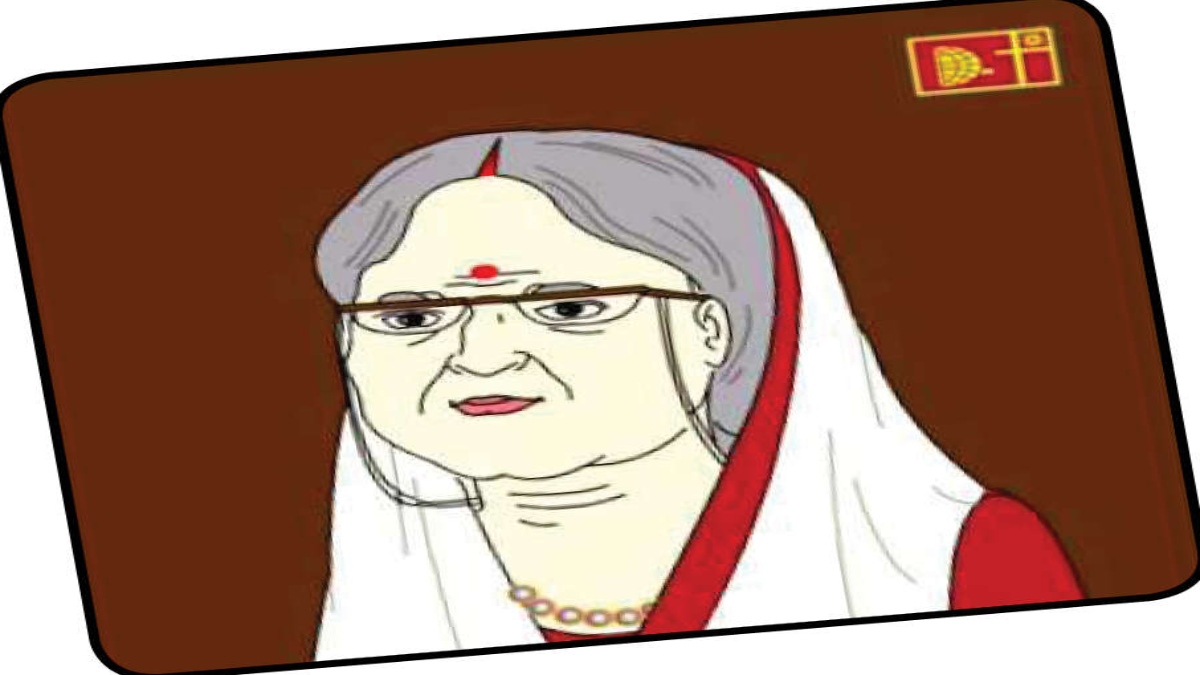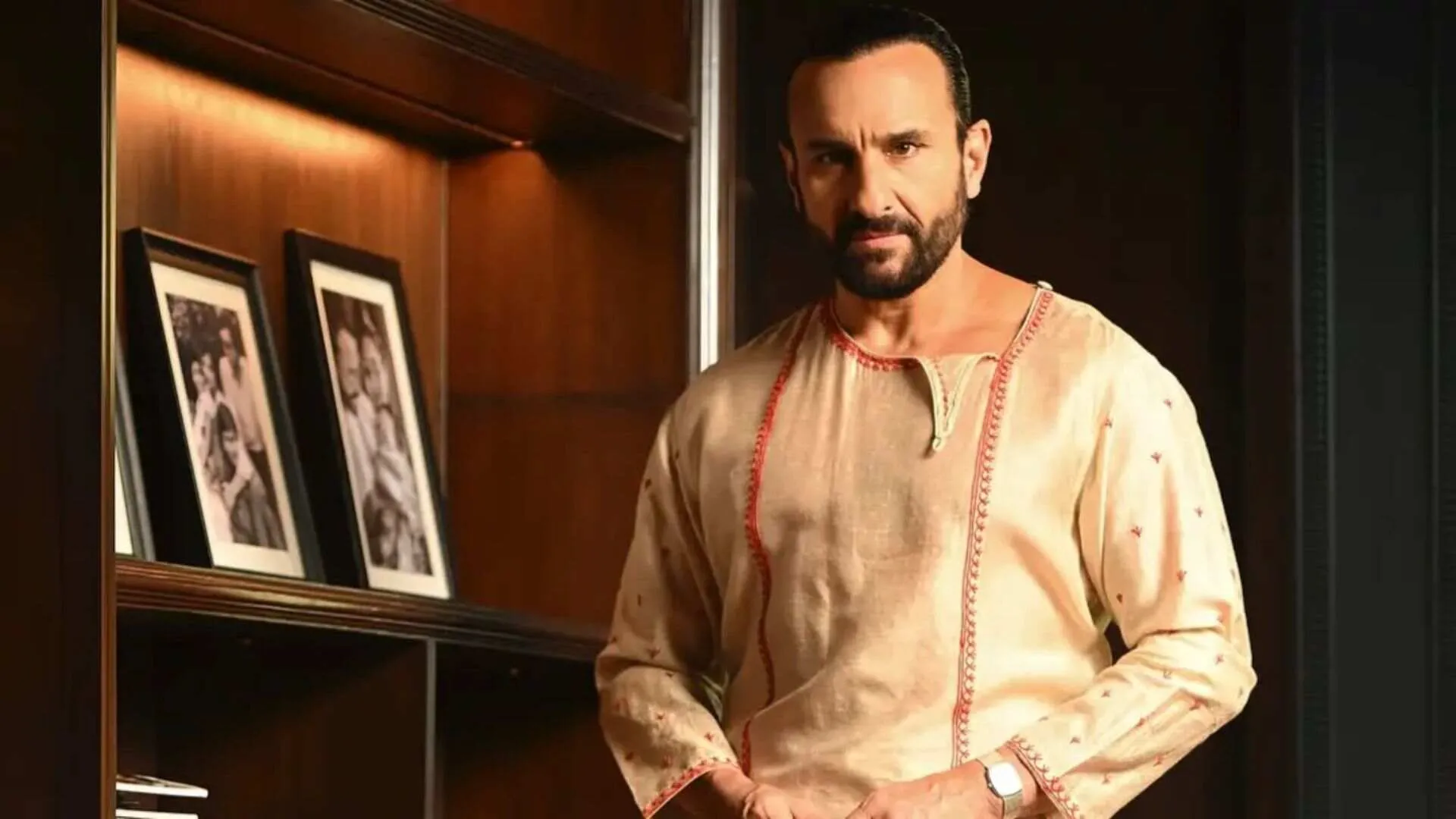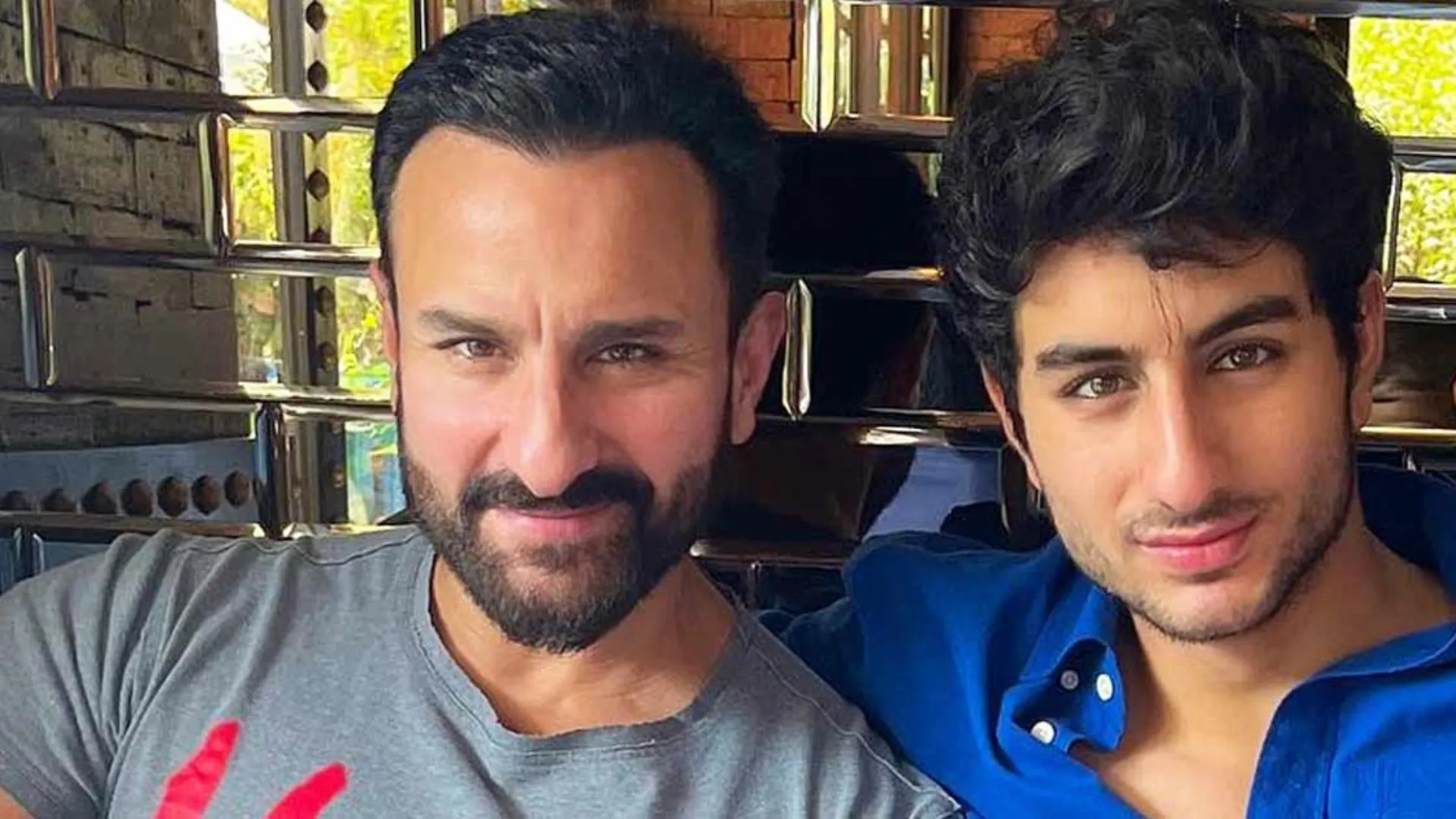The evolutionary biologist, Professor Richard Dawkins has questioned whether telling children fairy tales is harmful because they ‘inculcate a view of the world which includes supernaturalism’. Is he right?
What is a fairy tale?
A fairy tale is a story, often intended for children, that features fanciful and wondrous creatures. These tales are usually traditional and have been passed from storyteller to storyteller before being written down.
Most fairy tales have two criteria. Firstly, a female protagonist who is subject to a witch’s curse or some other illogical torture. Secondly, there must be a male protagonist who appears as a shining knight on horseback and rescues the helpless female character in the nick of time.
Now, fairy tales occupy a special place in every child’s heart. Children live and relive the fantasies of fairy tales all the time. Therefore, one can safely assume that consciously and subconsciously these stories strongly influence children’s outlook towards life. Consequently, it is essential to assure that their exposure to any archaic beliefs is seriously addressed.
In recent years, fairy tales have specifically earned a bad reputation. They have been criticised as unauthentic, violent, racial, or misogynist. Concerned parents today are practically throwing fairy tales out of the window. Why is that happening? What is the naysayer’s argument?
 Thakumar Jhuli.
Thakumar Jhuli. ‘Princesses, Monsters and Magical Creatures’ cover.
‘Princesses, Monsters and Magical Creatures’ cover. Little Red Riding Hood.
Little Red Riding Hood.





Unrealistic expectations
Fairy tales always conclude with the essence of ‘living happily ever after’ when all problems have perfectly worked out once the hero and heroine are married. Young children get the impression that all difficulties will iron out once they get married. It creates false expectations of an unreal world and could lead to terrible disappointments later in life. We are quite aware that life can be pretty hard, and one needs a great deal of strength and resilience to overcome difficulties or accept realities that cannot be changed. Would it not be better to make young children cognisant of this fact instead of building inaccurate impressions through fairy tales about a rosy future with an ideal life partner?
Incorrect gender stereotypes
Stories such as Cinderella seem to project that marriage is the only destination of a young girl’s life while her professional success or career goals are inessential. Besides, in tales such as Sleeping Beauty or Snow White, the female protagonist seems to lack the intelligence or gumption to save herself from her travails. Instead, she keeps waiting for a man to rescue her. Young girls would grow up thinking that they are less capable than boys and only men have the power to get them out of troublesome situations.
At the same time, young boys may get the impression that all men are expected to be macho and solve all problems and that women are always dependent on them. Instead of growing up with open minds, living up to stereotyped gender models could become a psychological hurdle leading to social maladjustment, later.
Women must be submissive
The domesticity of female characters is glorified in several fairy tales. Snow White becomes the darling of the dwarfs because she cleans, cooks, and sews for them. It shows that women, however beautiful or talented are expected to be submissive and domestic workers. Young minds may get the impression that being passive, gentle, and servile are desirable qualities in young girls and being outspoken, strong-minded or working outside the home are not acceptable traits.
Impossible standards of beauty
Another troublesome aspect is the unrealistic standards of beauty described in the stories. Do all female protagonists need to be slender, beautiful with long golden hair and fair skin? Why can’t princesses have dark skin or Cinderella be a chubby girl with a belly that protrudes under her beautiful gown? The only characters in the stories who wear plus-size clothes are the wicked antagonists or compassionate mother figures. These examples will only lower the self-esteem of young girls and possibly push them towards unhealthy lifestyles to achieve these impossible ideals of beauty.
While I agree with these unfavourable aspects of traditional fairy tales, let us take a moment to reflect. Are we being too hasty in absolutely putting down fairy tales? Are we making the mistake of throwing the baby out with the bathwater? Should a blanket ban be put on fairy tales?
Deconstructing fairytales
Before going further, let us deconstruct fairy tales to analyse whether the ideas in them oppose the accepted meaning of the story. To give you an example, Cinderella’s fairy godmother has such magical superpowers that she is able to turn a pumpkin into a carriage and mice into horses. Then how is it that she cannot make her magic last beyond midnight? That contradicts the accepted belief that a fairy godmother can do anything with her powers, doesn’t it?
Remember the Pied Piper whose flute music lures both mice and children? Why did he target the children of the town? Wouldn’t it have been better for him to lure away the mayor and officials of the town? Wouldn’t it be nice if we could get rid of our bad town managers that easily?
Coming back to Cinderella, what about her ugly stepsisters? If only beauty deserves happiness, they are fated to be unhappy forever. Where was their fairy godmother? I think the sisters needed more help than Cinderella in the looks department. All Cinderella needed was a makeover and beautiful gown, the sisters would need extensive plastic surgery!
Despite these illogical twists, Cinderella’s story has been appealing to children through the ages, so why can’t we allow them to enjoy it without breaking our heads analysing it? Besides, do fairy tales have no good lessons to teach?
Learning right from wrong
In early childhood, hearing or watching fairy tales introduces the concept of good and evil to children. That is the way they learn to differentiate right from wrong. A bad guy does wrong things and gets punished while the good guy helps people in need.
Simple moral lessons also come through fairy tales. Goldilocks and the Three Bears teaches children it is wrong to break into someone’s home. Little Red Riding Hood teaches them not to trust strangers. These are life lessons that children imbibe through fairy tales.
What about selflessness?
In The Little Mermaid, Ariel’s sisters bargain with the sea witch to turn her back into a mermaid. If Ariel remains a human, she is sure to die at sunrise because the prince had chosen to marry another girl. The catch is that Ariel can return to the sea only by murdering the prince. But Ariel refuses to do it and dies at sunrise. Her selfless decision earns Ariel an immortal soul after death.
How about patience?
Curses last a long time in fairy tales. These long curses drive home the importance of patience. It is not easy to wait 100 years for a curse to end, but protagonists in fairy tales do so all the time. Those who are not patient often end up being punished for their impatience. Today everything you wish for is available just a few clicks away, and young children are aware of popularity being measured by Facebook likes. When instant gratification is becoming the norm, it is essential to show children the value of patience which fairy tales do.
To stand our ground when the odds are stacked
The classic image most people see when thinking of fairy tales is of a knight in shining armour fighting a dragon. This is because most fairy tales inculcate the importance of bravery and courage. Heroes and heroines face all sorts of dangers in fairy tales from evil dragons to wicked witches. These examples of courage often show the protagonists standing their ground even when they are hopelessly outmatched. Lessons of finding courage within themselves are important especially when children today will have to face down the dragons of drugs, alcohol, violence, and peer pressure. They have to learn to stand their ground and fight back against what would harm them.
Boost to creativity
I believe the greatest benefit of fairy tales is that they boost children’s imagination which is a powerful and unique element. Not only does it help them make up stories and games, but imagination is also the root of their creativity and possibly defines the kind of education, career, or life they will end up having. Besides, fairy tales are often about different cultures and customs. Children learn about the cultural differences of worlds outside their own which bestows them with a healthy curiosity to learn and experience new things.
Teaches critical thinking
Dawkins later clarified that his comment referred to religious stories, not fairy tales. He wanted to say that children should be taught scientific rigour from an early age. Following on, fairy tales actually teach children critical thinking. When they see what happens to characters based on the choices they make, they realise that everything depends on one’s decisions. Wrong choices result in bad things and right choices make everything turn out okay.
Manages childhood anxiety
Not only do fairy tales help in making the right decisions, but they also help children manage inner conflict or anxiety. Most children are still too young to express their misery. But when they superimpose themselves into a fairy tale and fantasise that they have vanquished evil as the hero of the story, it calms their inner unease.
Fairy tales, like everything else, have both flaws and virtues. I believe traditional fairy tales can continue to be beloved if they are rewritten or retold. How can we retain their benefits and correct their faults so that our children keep enjoying them?
Fractured fairy tales
Today, there is an emerging trend of creating fractured fairy tales or deconstructed stories. For example, in the story of Moana, a spirited young girl embarks on a mission to save her people and fight monsters in the ocean, without waiting for her Prince Charming to come up on a white horse. Mulan is another story that fights the idea of a ‘damsel in distress’ and defies all odds sending the message of individuality and independence to the audience. When other young girls watch another girl being fearless and using her wit and strength to emerge victorious in the face of adversities, it naturally evokes the same emotions in them. Frozen is yet another Disney story that shows sisterly love overcoming all hurdles.
Alternate endings
Another technique is to alter the ending of the story. That can be done by introducing other ideas into the plot. What if Red Riding Hood and her grandmother were karate black belts or ninjas? What would have happened to the wolf then? How would the story end?
From the point of view of antagonists
What about the antagonists in fairy tales? Can the story be told from their viewpoint? How do you think Baby Bear felt when Goldilocks broke his chair, ate his porridge, and dirtied his bed yet nobody even scolded her? Do you think the giant was wrong to chase Jack who had climbed the beanstalk and stolen his hen who laid golden eggs? Is it possible that the bad wolf came to visit in the Three Little Pigs because he was lonely and only wanted to make friends with the pigs?
Indian fairy tales
Parents, teachers and caregivers could also make the effort to flip through fairy tales from Indian regional literature. One such book that I can mention is Thakumar Jhuli from Bengali Children’s Literature.
Generations of children in Bengal have been entranced by this iconic collection of fairy tales in Bengali written by Dakshinaranjan Mitra Mazumdar and published in 1907. Amazingly, the characters of these stories are not at all retrospective or regressive. It is surprising to find modern gender roles played by bold, beautiful dark-haired princesses given that the stories reflect the societal norms of the past. Not only do they wield the sword, but even rescue princes from monsters using their wit and intelligence. They teach young readers that one can outsmart villains using brains rather than brawn. Last year, I translated these charming stories into English and published them in a collection called Princesses, Monsters and Magical Creatures (pub. Readomania Publishers).
This book is just one example, but I am sure if parents, teachers, and caregivers search, they will find more such fairy tales. However, one small piece of advice. Never hesitate to explain to children that fairy tales may mention unjust attitudes and actions of people from the past because those were the societal values followed then. It will give young readers a basis to compare the society of the past and present and realise how much more enlightened and liberated is the world today.
And the final endorsement for fairy tales is how much fun it is to read, hear or watch them. Don’t we all have fond memories of curling up with a book and disappearing into worlds where dragons fly and princesses sail boats on rivers of frothy milk? Then why should we deprive our children of creating their own magical worlds borrowed from age-old enchanting fairy tales?
Sutapa Basu is a best-selling, award-winning author as well as an educationist, poet, storyteller, and a translator.























